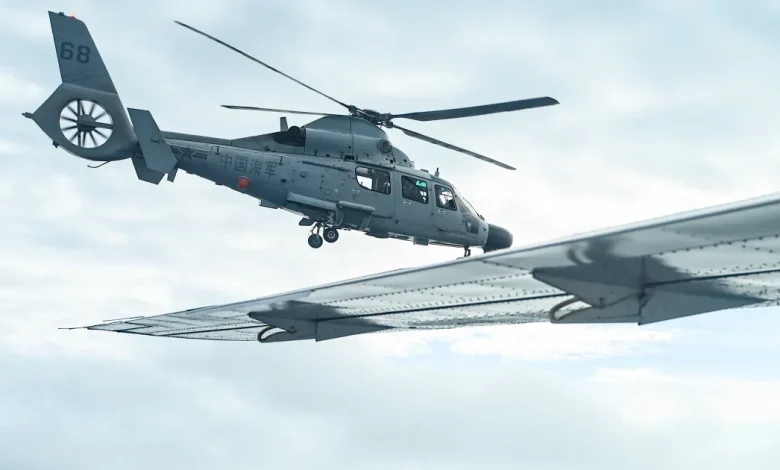U.S. Slams China for ‘Dangerous’ Helicopter Maneuvers over South China Sea Amid Rising Tensions

The United States has sharply criticized China for engaging in “dangerous” helicopter maneuvers over the contested Scarborough Shoal in the South China Sea, escalating tensions in a region already fraught with maritime disputes.
On Tuesday, the Philippines reported that a Chinese Navy helicopter flew within just 3 meters of a Philippine patrol plane operating in the airspace above the disputed shoal, a site long at the center of territorial standoffs between the two nations.
The near-collision occurred in a sensitive zone just off the northwestern coast of the Philippines, and the incident marks another flashpoint in the increasingly volatile South China Sea.
In response to this provocative action, US Ambassador to the Philippines MaryKay Carlson condemned China’s behavior in no uncertain terms, urging the Chinese government to cease coercive tactics and abide by international law.
“We condemn the dangerous maneuvers by a PLA Navy helicopter that jeopardized the safety of Philippine aircrew and passengers,” she said. “We urge China to refrain from such actions and resolve disputes peacefully through dialogue and respect for international law.”
The encounter reportedly led to a tense 30-minute standoff, with the Chinese helicopter maintaining a dangerously close proximity to the Philippine plane.
In a radio exchange, the Philippine pilot demanded that the Chinese crew cease their risky behavior, stating, “You are flying too close. You are endangering the lives of our crew and passengers.”
The Philippine Coast Guard and the Bureau of Fisheries, whose aircraft was involved in the incident, reaffirmed their commitment to asserting the country’s sovereignty over the West Philippine Sea, despite China’s growing assertiveness in the region. “We will continue to defend our rights and jurisdiction, regardless of China’s provocative actions,” they stated.
From Beijing’s perspective, the Chinese military accused the Philippine aircraft of entering the airspace over its claimed territory — known as Huangyan Island to China — without permission.
This confrontation follows closely on the heels of another incident a week earlier when Australia raised concerns over Chinese military activity in the region. In that case, Australian officials reported that a Chinese jet released a flare dangerously close to an Australian surveillance plane.
As the Philippines renews its strategic partnership with the United States under President Ferdinand Marcos Jr., tensions between China and its regional neighbors remain high.
China, for its part, has repeatedly warned the US and its allies to avoid interference in what it deems a domestic matter concerning its territorial claims in the South China Sea.
This latest flare-up underscores the ongoing and escalating risks in one of the world’s most contentious maritime regions, where international actors continue to clash over control and access to vital waterways.





